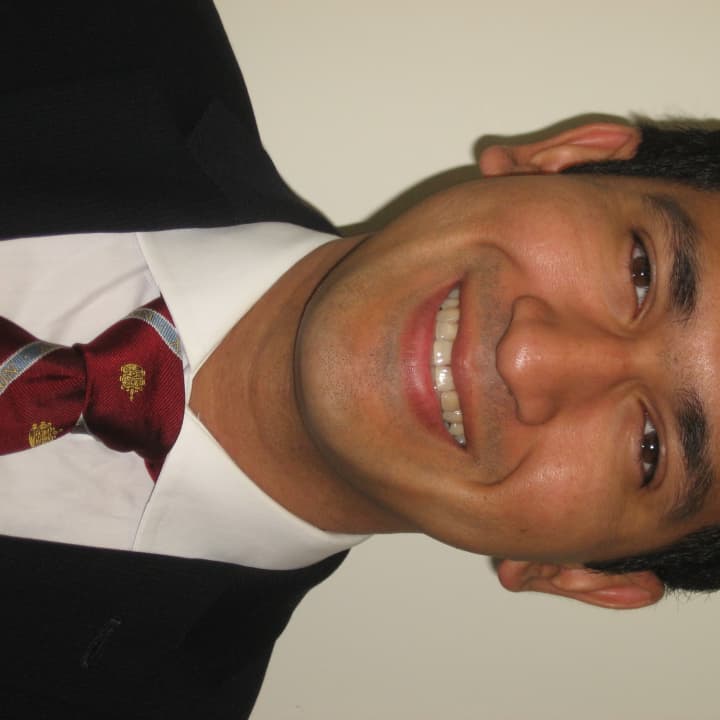A brain aneurysm, basically a weak area in a blood vessel, is something many people can have without ever knowing it about, explained Dr. Omar N. Syed, a neurosurgeon at the Mount Kisco Medical Group in Mount Kisco who is affiliated with Putnam Hospital Center in Carmel.
He said anywhere between 1.5 and 5 percent of the total population have them, with women slightly more prone to them than men. Most often, there are no warning signs or symptoms.
It's when the aneurysm ruptures or "balloons," as Dr. Syed said, that people will experience "the worst headache" of their life, often with slurred speech, weakness on one side of the body and nausea. This is when you need to spring into action and call 911 immediately.
Brain aneurysms typically occur between ages 50 and 60 though 20% happen between ages 15 and 45, he said, and no family history is required.
As in the case with Colagrossi, a Stamford, CT resident, they can appear out of the blue. The fatality rate once the aneurysm bursts is high: More than a third of patients die before ever reaching the hospital and those that do survive, often end up with some kind of disability. One third, he said, will survive.
The best way to prevent one from happening is to stay healthy, watch your blood pressure (high blood pressure has been associated with ruptures) and avoid smoking.
The good news: Just because you're diagnosed with an aneurysm doesn't mean anything fatal will happen...as long as your doctor watches and monitors it closely and you take note of any new and unusual symptoms. If you have one, you should be referred to a neurosurgeon or a neuro-interventional specialist/radiologist where you can be followed up with non-invasive imaging like an MRI or CAT scan.
You can always ask your doctor, too, about a preventative screening though he said a lot depends on your family history and/or other risk factors.
For more information, go to the Brain Aneurysm Foundation at http://www.bafound.org/.
Go here for previous Daily Voice story.
Click here to follow Daily Voice Putnam and receive free news updates.


